Protecta TRIP+4201 User guide
Other Protecta Safety Equipment manuals
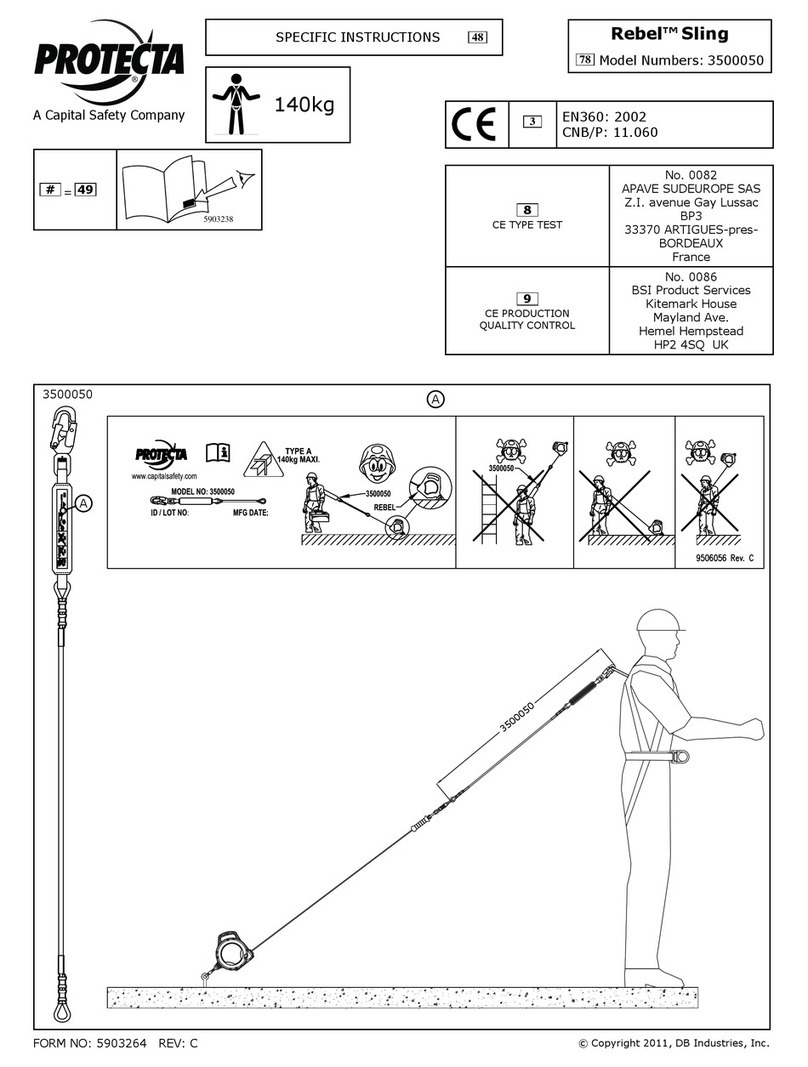
Protecta
Protecta Rebel 3500050 User manual
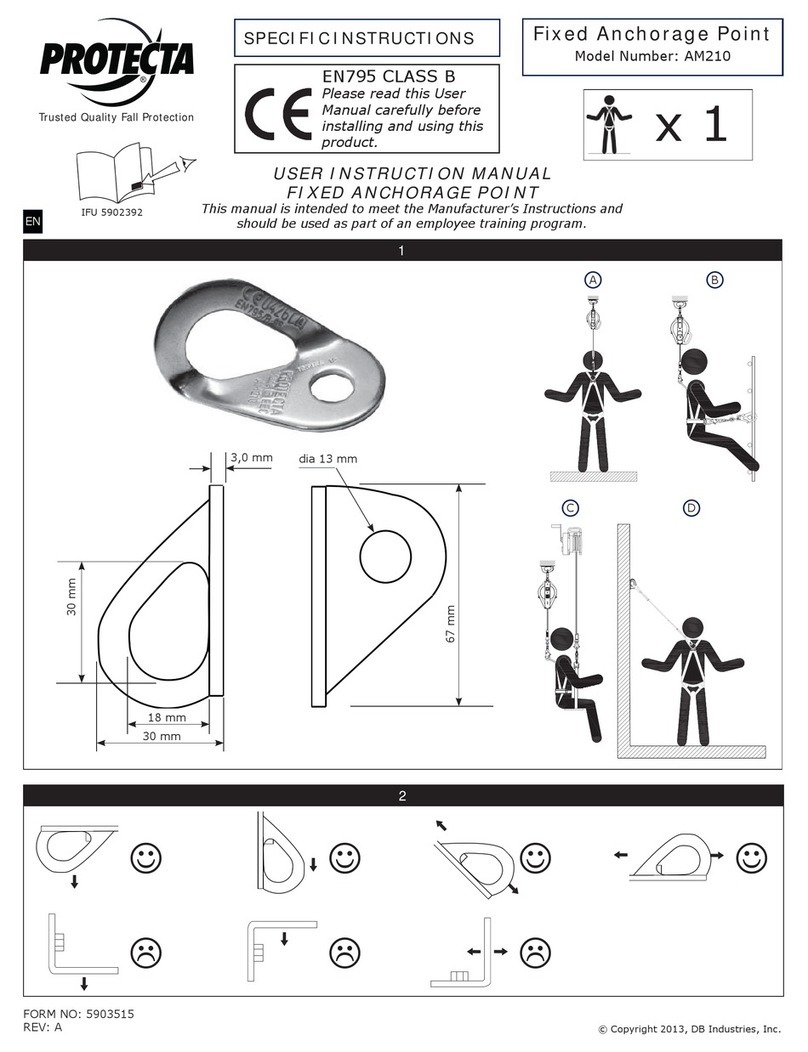
Protecta
Protecta AM210 Operator's manual
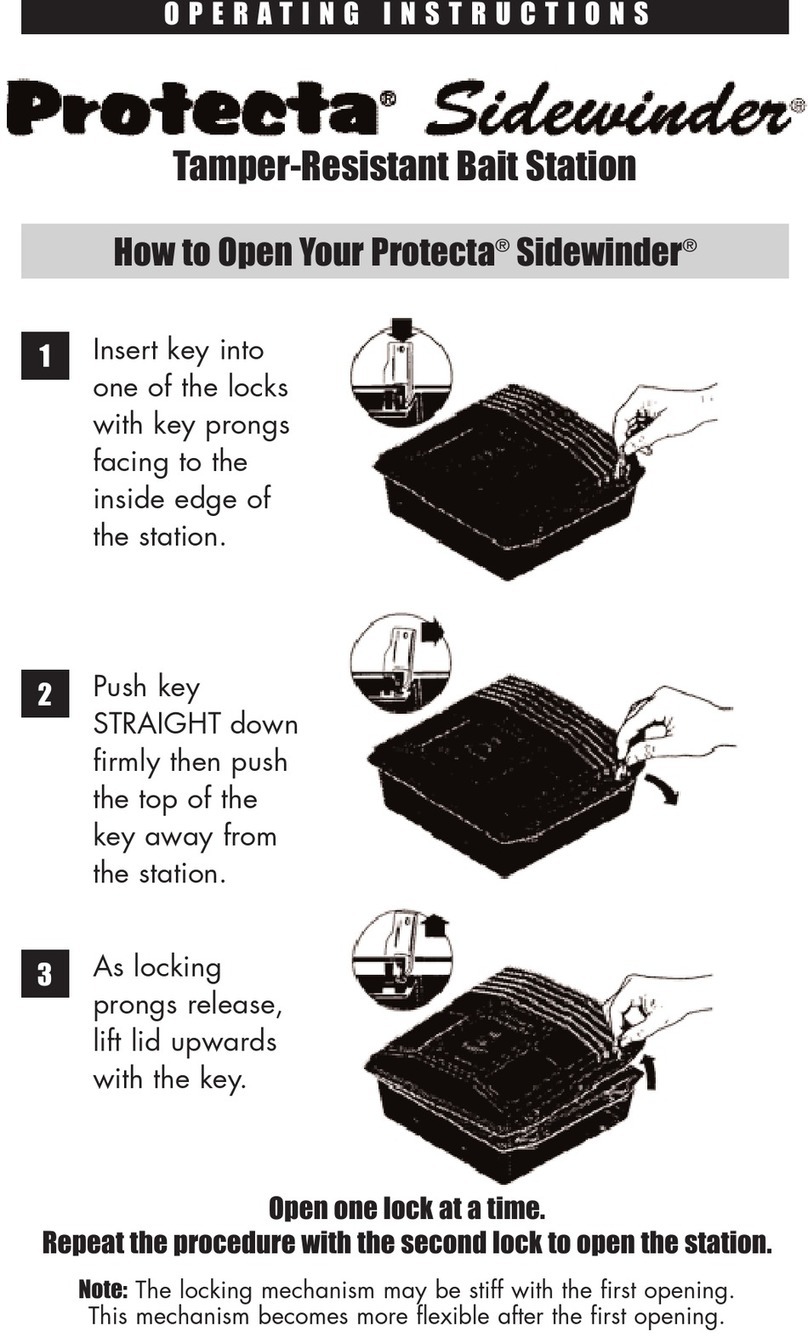
Protecta
Protecta Sidewinder User manual
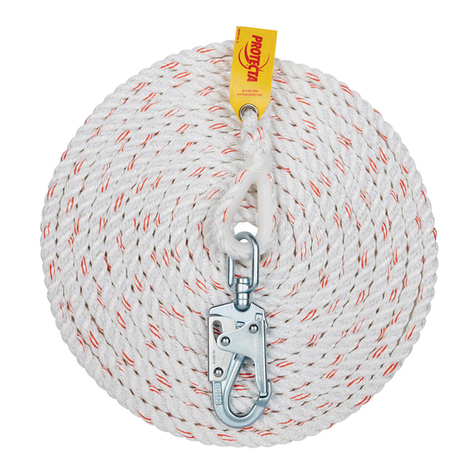
Protecta
Protecta 1299996 User manual
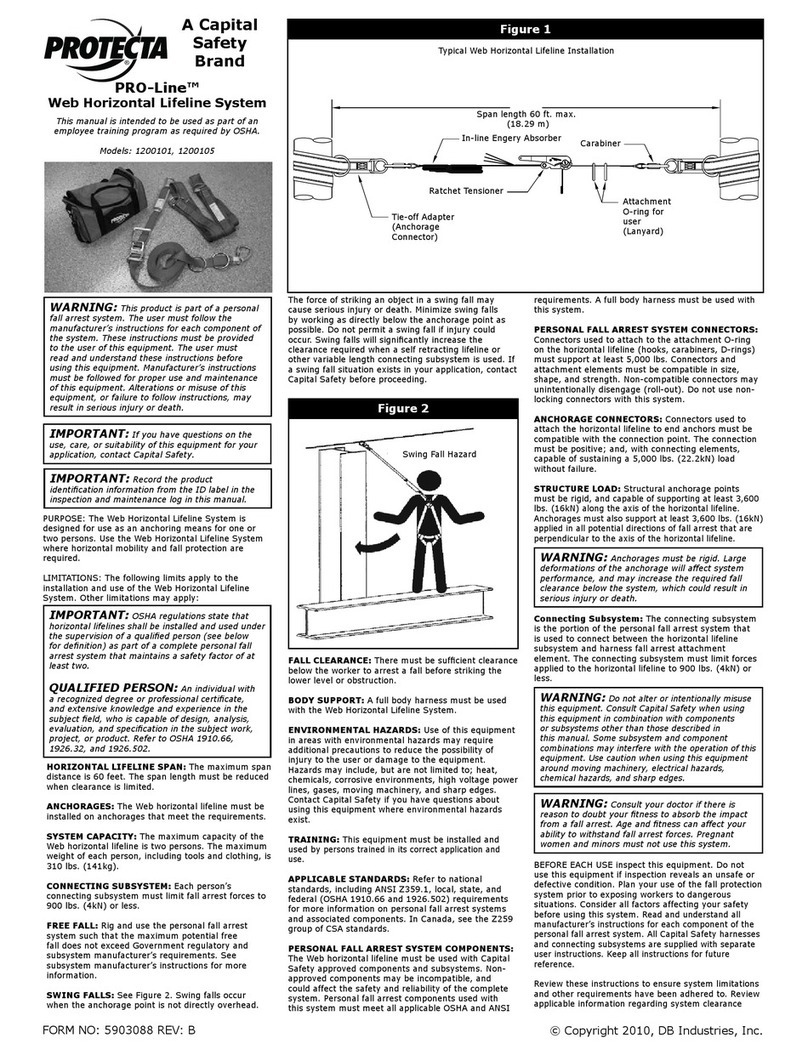
Protecta
Protecta PRO-Line 1200101 User manual
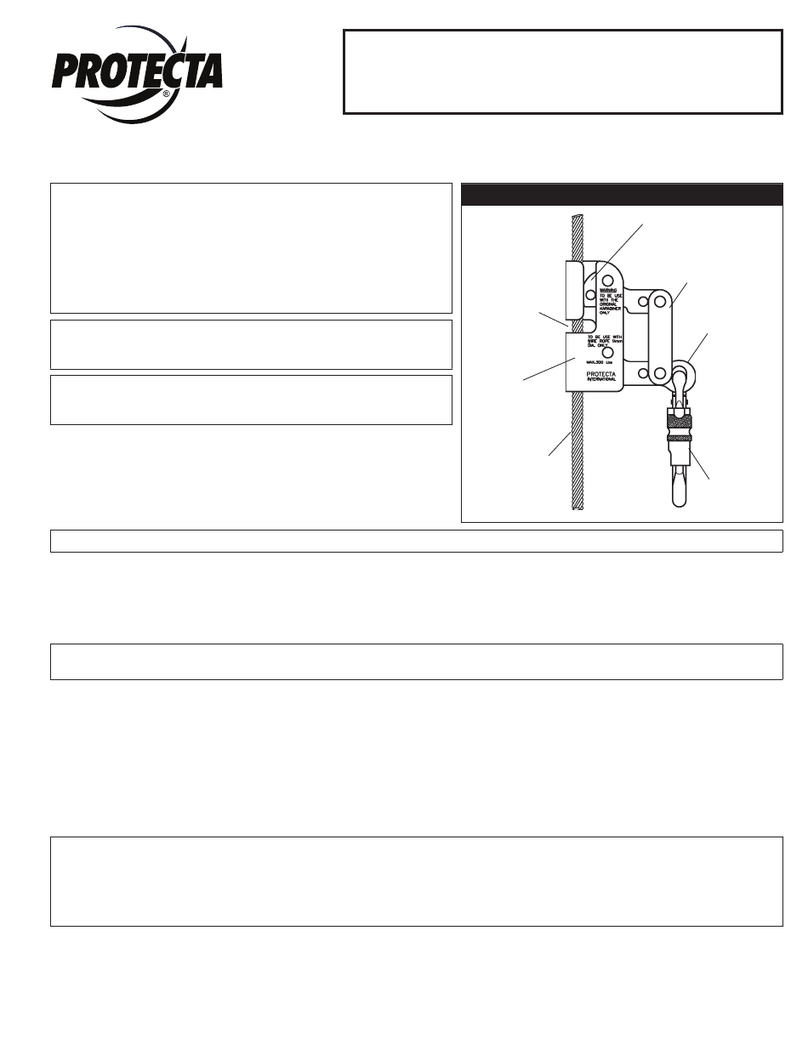
Protecta
Protecta AC351A User manual
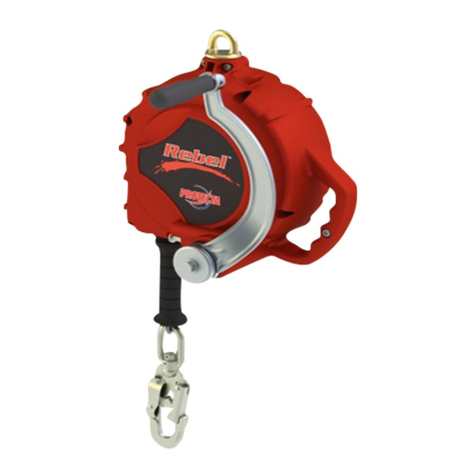
Protecta
Protecta Rebel 3591002 User manual
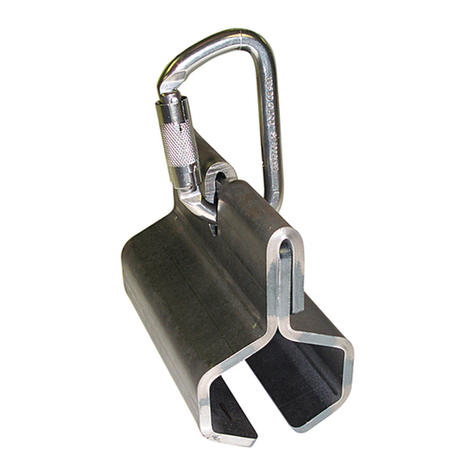
Protecta
Protecta Rall Dog AJ703A User manual
Popular Safety Equipment manuals by other brands

Lanex
Lanex PB-20 instruction manual

SKYLOTEC
SKYLOTEC ANCHOR ROPES Instructions for use

Besto
Besto Buoyancy Aid 50N Instructions for use

TEUFELBERGER
TEUFELBERGER NODUS Manufacturer's information and instructions for use

Troy Lee Designs
Troy Lee Designs Tbone Product owners manual

Innova
Innova Xtirpa Instruction and safety manual

bolle SAFETY
bolle SAFETY B810 quick start guide

SHENZHEN FANHAI SANJIANG ELECTRONICS
SHENZHEN FANHAI SANJIANG ELECTRONICS A9060T instruction manual

Hiltron security
Hiltron security POWER8E Installation and use manual

Salewa
Salewa MTN SPIKE user manual

Hatco
Hatco B-950P installation guide

Sitec
Sitec TX MATIC operating manual










